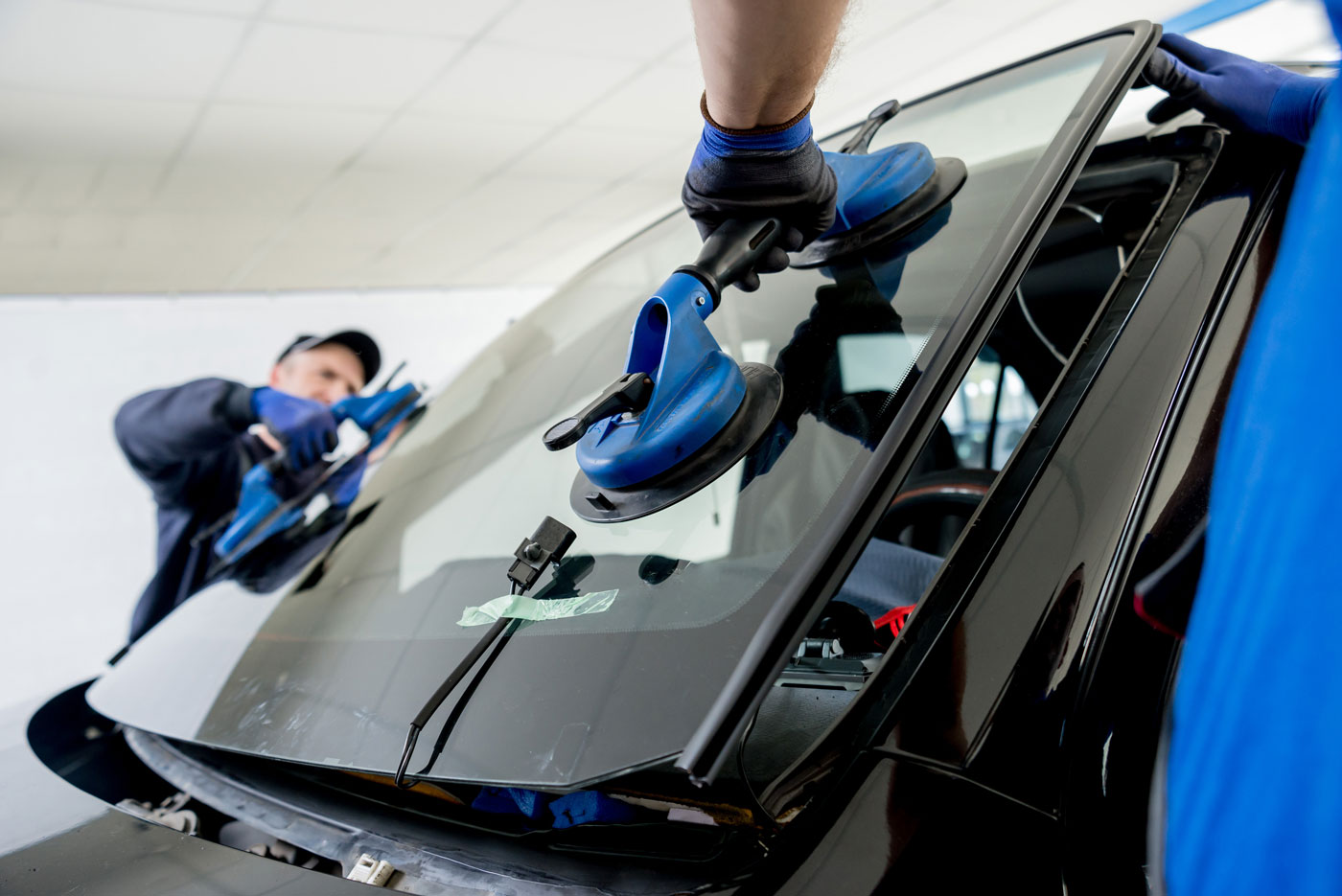Title: Understanding Windshield Replacement: A Complete Guide for Car Owners
Introduction:
A car’s windshield plays a crucial role in ensuring the safety of both the driver and passengers. From protecting against weather elements to providing structural support, a properly functioning windshield is essential. However, there are times when windshield replacement becomes necessary due to damage or wear. This guide aims to provide car owners with a comprehensive understanding of windshield replacement.
- Reasons for Windshield Replacement:
- Cracks and Chips: Small cracks and chips can quickly escalate into larger issues if left unaddressed. Changes in temperature, road vibrations, and stress can cause these damages to spread, compromising the integrity of the windshield.
- Impact Damage: Collisions or impacts with debris on the road can lead to severe windshield damage. Even a minor accident can result in the need for a complete windshield replacement.
- Excessive Wear and Tear: Over time, windshields may develop scratches, pits, or become hazy, affecting visibility. In such cases, replacement is necessary to ensure clear vision while driving.
- Types of Windshields:
- OEM (Original Equipment Manufacturer): These windshields are manufactured by the same company that made the original windshield for your car. They are designed to meet the exact specifications and standards of the vehicle manufacturer.
- Aftermarket Windshields: Produced by companies other than the original manufacturer, aftermarket windshields may vary in quality. It’s important to choose a reputable brand to ensure safety and compatibility.
- Choosing a Professional Windshield Replacement Service:
- Certification and Expertise: Look for certified auto glass technicians with experience in windshield replacement. Certified professionals adhere to industry standards and ensure proper installation.
- Quality of Materials: Inquire about the type of glass and adhesive used in the replacement. High-quality materials contribute to the durability and safety of the windshield.
- Warranty: Reputable auto glass shops provide warranties for their services, assuring customers of the quality of workmanship and materials used.
- Insurance Coverage:
- Comprehensive Coverage: Many insurance policies cover windshield replacement under comprehensive coverage. It’s important to understand the terms and conditions of your insurance policy and how much of the replacement cost is covered.
- Deductibles: Check your insurance deductible, as you may need to pay a certain amount out of pocket before insurance coverage kicks in.
- Windshield Replacement Process:
- Assessment: The technician assesses the damage to determine if replacement is necessary. Factors such as size, location, and type of damage are considered.
- Removal: The old windshield is carefully removed, ensuring that no damage occurs to the surrounding structure of the vehicle.
- Installation: The new windshield is fitted and bonded to the vehicle using high-quality adhesive. Proper curing time is essential for the adhesive to set effectively.
- Post-Replacement Care:
- Curing Time: Allow the recommended curing time before driving the vehicle. This ensures the adhesive has fully set, providing maximum strength.
- Avoiding Stress on the Windshield: Be cautious about slamming doors or exposing the vehicle to extreme temperatures immediately after replacement.
- DIY Repairs vs. Professional Replacement:
- DIY Kits: While DIY repair kits may be suitable for minor chips, they are not recommended for extensive damage. Professional replacement ensures proper installation and safety.
Conclusion:
Understanding windshield replacement is crucial for maintaining the safety and functionality of your vehicle. Regular inspection, timely repairs, and choosing a reputable professional for replacement are key aspects to ensure the longevity and effectiveness of your car’s windshield.

